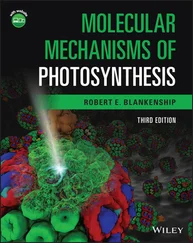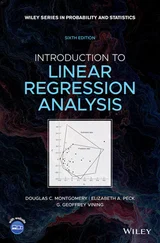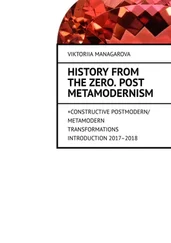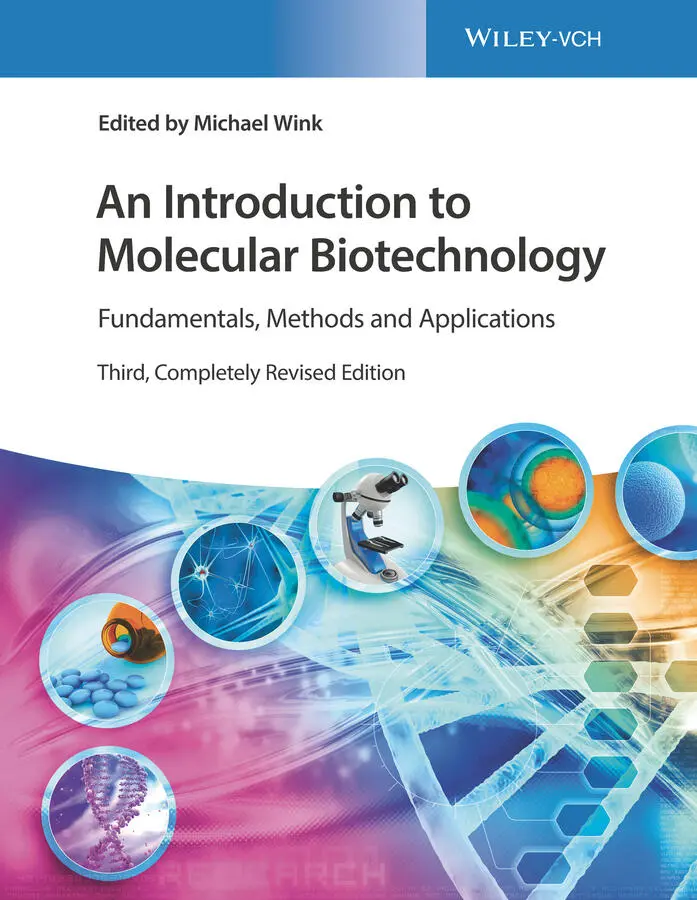
1 Cover
2 An Introduction toMolecular Biotechnology An Introduction toMolecular Biotechnology Fundamentals, Methods and Applications Edited by MichaelWink
3 Copyright Copyright Editor Michael Wink Universität Heidelberg Institut für Pharmazie und Molekulare Biotechnologie (IPMB) Im Neuenheimer Feld 329 69120 Heidelberg Germany Cover credits Shutterstock #287352494 / paulista All books published by Wiley‐VCH are carefully produced. Nevertheless, authors, editors, and publisher do not warrant the information contained in these books, including this book, to be free of errors. Readers are advised to keep in mind that statements, data, illustrations, procedural details or other items may inadvertently be inaccurate. Library of Congress Card No.: applied for British Library Cataloguing‐in‐Publication Data A catalogue record for this book is available from the British Library. Bibliographic information published by the Deutsche Nationalbibliothek The Deutsche Nationalbibliothek lists this publication in the Deutsche Nationalbibliografie; detailed bibliographic data are available on the Internet at < http://dnb.d-nb.de >. © 2021 WILEY‐VCH GmbH, Boschstr. 12, 69469 Weinheim, Germany All rights reserved (including those of translation into other languages). No part of this book may be reproduced in any form – by photoprinting, microfilm, or any other means – nor transmitted or translated into a machine language without written permission from the publishers. Registered names, trademarks, etc. used in this book, even when not specifically marked as such, are not to be considered unprotected by law. Print ISBN: 978‐3‐527‐34414‐7 ePDF ISBN: 978‐3‐527‐81286‐8 ePub ISBN: 978‐3‐527‐81288‐2 Cover Design Formgeber, Mannheim, Germany
4 Abbreviations
5 Part I: Fundamentals of Cellular and Molecular Biology Part I Fundamentals of Cellular and Molecular Biology
1 The Cell as the Basic Unit of Life References Further Reading 2 Structure and Function of Cellular Macromolecules 2.1 Structure and Function of Sugars 2.2 Structure of Membrane Lipids 2.3 Structure and Function of Proteins 2.4 Structure of Nucleotides and Nucleic Acids (DNA and RNA) References Further Reading 3 Structure and Functions of a Cell 3.1 Structure of a Eukaryotic Cell 3.2 Structure of Bacteria 3.3 Structure of Viruses 3.4 Differentiation of Cells 3.5 Cell Death References Further Reading 4 Biosynthesis and Function of Macromolecules (DNA, RNA, and Proteins) 4.1 Genomes, Chromosomes, and Replication 4.2 Transcription: From Gene to Protein 4.3 Protein Biosynthesis (Translation) Further Reading 5 Distributing Proteins in the Cell (Protein Sorting) 5.1 Import and Export of Proteins via the Nuclear Pore 5.2 Import of Proteins in Mitochondria, Chloroplasts, and Peroxisomes 5.3 Protein Transport into the Endoplasmic Reticulum 5.4 Vesicle Transport from the ER via the Golgi Apparatus to the Cytoplasmic Membrane References Further Reading 6 Evolution and Diversity of Organisms 6.1 Prokaryotes 6.2 Eukaryotes References Further Reading
6 Part II: Standard Methods in Molecular Biotechnology 7 Isolation and Purification of Proteins 7.1 Introduction 7.2 Producing a Protein Extract 7.3 Gel Electrophoretic Separation Methods 7.4 Methods of Protein Precipitation 7.5 Column Chromatography Methods 7.6 Examples Further Reading 8 Mass Spectrometry and Applications in Proteomics and Microbial Identification 8.1 Principles of ESI and MALDI Mass Spectrometry 8.2 Instrumental Setup 8.3 Intact Protein Analysis 8.4 Protein and Proteome Quantification 8.5 Protein–Protein Interaction Analysis 8.6 Analysis of Posttranslational Modifications 8.7 Microbial Identification and Resistance Detection References 9 Isolation of DNA and RNA 9.1 Introduction 9.2 DNA Isolation 9.3 RNA Isolation Reference 10 Chromatography and Electrophoresis of Nucleic Acids 10.1 Introduction 10.2 Chromatographic Separation of Nucleic Acids 10.3 Electrophoresis Further Reading 11 Hybridization of Nucleic Acids 11.1 Significance of Base Pairing 11.2 Experimental Hybridization: Kinetic and Thermodynamic Control 11.3 Analytical Techniques References Further Reading 12 Use of Enzymes in the Modification of Nucleic Acids 12.1 Restriction Enzymes (Restriction Endonucleases) 12.2 Ligases 12.3 Methyltransferases 12.4 DNA Polymerases 12.5 RNA Polymerases and Reverse Transcriptase 12.6 Nucleases 12.7 T4 Polynucleotide Kinase 12.8 Phosphatases Further Reading 13 Polymerase Chain Reaction 13.1 Introduction 13.2 PCR Methods 13.3 PCR as a Quantitative Method 13.4 Areas of Application Further Reading 14 DNA Sequencing 14.1 Introduction 14.2 The Sanger Method 14.3 Pyrosequencing 14.4 Second‐Generation Sequencing: Illumina and Ion Torrent 14.5 Third‐Generation Sequencing Techniques 14.6 The Impact of the DNA Sequencing Technology References Further Reading Websites 15 Cloning Procedures 15.1 Introduction 15.2 Construction of Recombinant Vectors Further Reading 16 Expression of Recombinant Proteins 16.1 Introduction 16.2 Expression of Recombinant Proteins in Host Organisms 16.3 Expression in Cell‐Free Systems Further Reading 17 Patch Clamp Method 17.1 Ion Channels 17.2 Technical Requirements of the Patch Clamp Method 17.3 Patch Clamp Configurations 17.4 Applications of the Patch Clamp Method Reference Further Reading 18 Cell Cycle Analysis 18.1 Introduction 18.2 Analyzing the Cell Cycle 18.3 Experimental Analysis of the Cell Cycle Acknowledgments Further Reading 19 Microscopic Techniques 19.1 Introduction 19.2 Electron Microscopy 19.3 Atomic or Scanning Force Microscopy 19.4 Light Microscopy 19.5 Microscopy in the Living Cell Further Reading 20 Laser Applications 20.1 Laser Development: A Historical Perspective 20.2 Types of Lasers and Setups 20.3 Properties of Laser Radiation 20.4 Applications Further Reading
7 Part III: Key Topics 21 Sequencing the Universe of Life 21.1 What to Sequence? 21.2 Sequencing Projects: Human 21.3 Sequencing Other Species, Environments, … 21.4 Sequencing in the Clinics: Personalizing Oncology 21.5 Sequencing in the Private Sector: Direct to Consumer Testing (DTC) 21.6 The Information Content of a Genome Sequence and Ethical Consequences References 22 Cellular Systems Biology 22.1 Introduction 22.2 Analysis of Cellular Networks by Top‐Down Approaches 22.3 Overview over Bottom‐Up Modeling of Biochemical Networks Further Reading References 23 Protein–Protein and Protein–DNA Interactions 23.1 Protein–Protein Interactions 23.2 Protein–DNA Interactions References Further Reading 24 Bioinformatics 24.1 Introduction 24.2 Data Sources 24.3 Sequence Analysis 24.4 Evolutionary Bioinformatics 24.5 Gene Prediction 24.6 Bioinformatics in Transcriptome and Proteome Analysis 24.7 Analysis of Ultraparallel Sequencing Data 24.8 Bioinformatic Software Further Reading 25 Drug Research 25.1 Introduction 25.2 Active Compounds and Their Targets 25.3 Preclinical Pharmacology and Toxicology 25.4 Clinical Development 25.5 Clinical Testing Further Reading 26 Drug Targeting and Prodrugs 26.1 Drug Targeting 26.2 Prodrugs 26.3 Penetration of Drugs Through Biological Membranes 26.4 Prodrugs to Extend Duration of Effect 26.5 Prodrugs for the Targeted Release of a Drug 26.6 Prodrugs to Minimize Side Effects References 27 Molecular Diagnostics in Medicine 27.1 Introduction 27.2 Uses of Molecular Diagnostics 27.3 Which Molecular Variations Should be Detected 27.4 Molecular Diagnostic Methods 27.5 Outlook Further Reading 28 Recombinant Antibodies and Phage Display 28.1 Introduction 28.2 Generation of Specific Recombinant Antibodies 28.3 Production and Purification of Recombinant Antibodies 28.4 Features and Applications of Recombinant Antibodies 28.5 Outlook Further Reading References 29 Genetically Modified Mice and Their Impact in Medical Research 29.1 Overview 29.2 Transgenic Mice 29.3 Homologous Recombination: Knockout (Knock‐In) Mice 29.4 Endonuclease‐Based Knockout Mice 29.5 Endonuclease‐Based Knock‐In Mice 29.6 Conditionally Regulated Gene Expression 29.7 Gene Transfer to Subpopulations of Cells 29.8 Impact of Genetically Modified Mice in Biomedicine 29.9 Outlook Reference Further Reading 30 Plant Biotechnology 30.1 Introduction 30.2 Gene Expression Control and Genome Editing 30.3 Production of Transgenic Plants 30.4 Selection of Transformed Plant Cells 30.5 Regeneration of Transgenic Plants 30.6 Plant Analysis: Identification and Characterization of Genetically Engineered Plants Further Reading 31 Biocatalysis in the Chemical Industry 31.1 Introduction 31.2 Bioconversion/Enzymatic Procedures 31.3 Development of an Enzyme for Industrial Biocatalysis 31.4 Fermentative Procedures References
Читать дальше
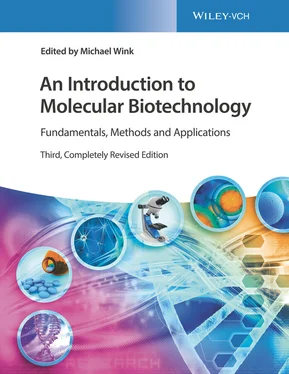



![Andrew Radford - Linguistics An Introduction [Second Edition]](/books/397851/andrew-radford-linguistics-an-introduction-second-thumb.webp)



